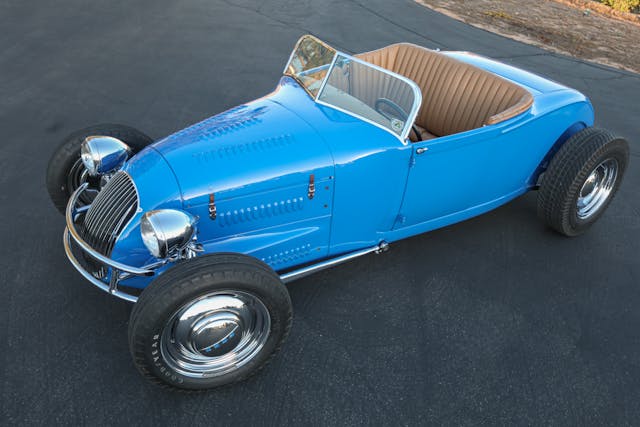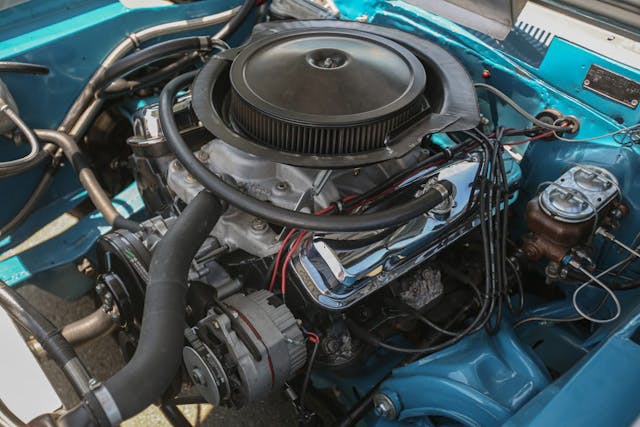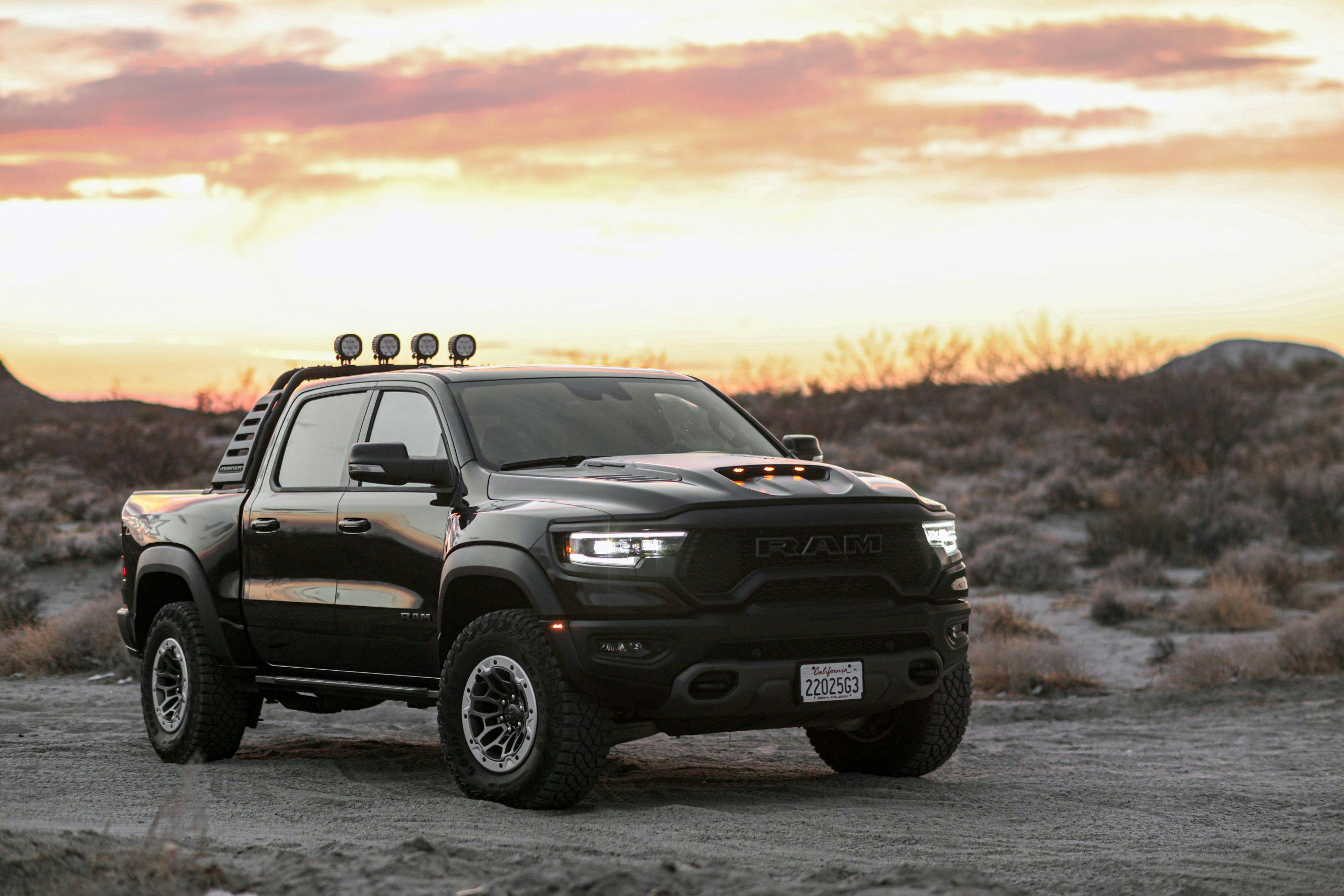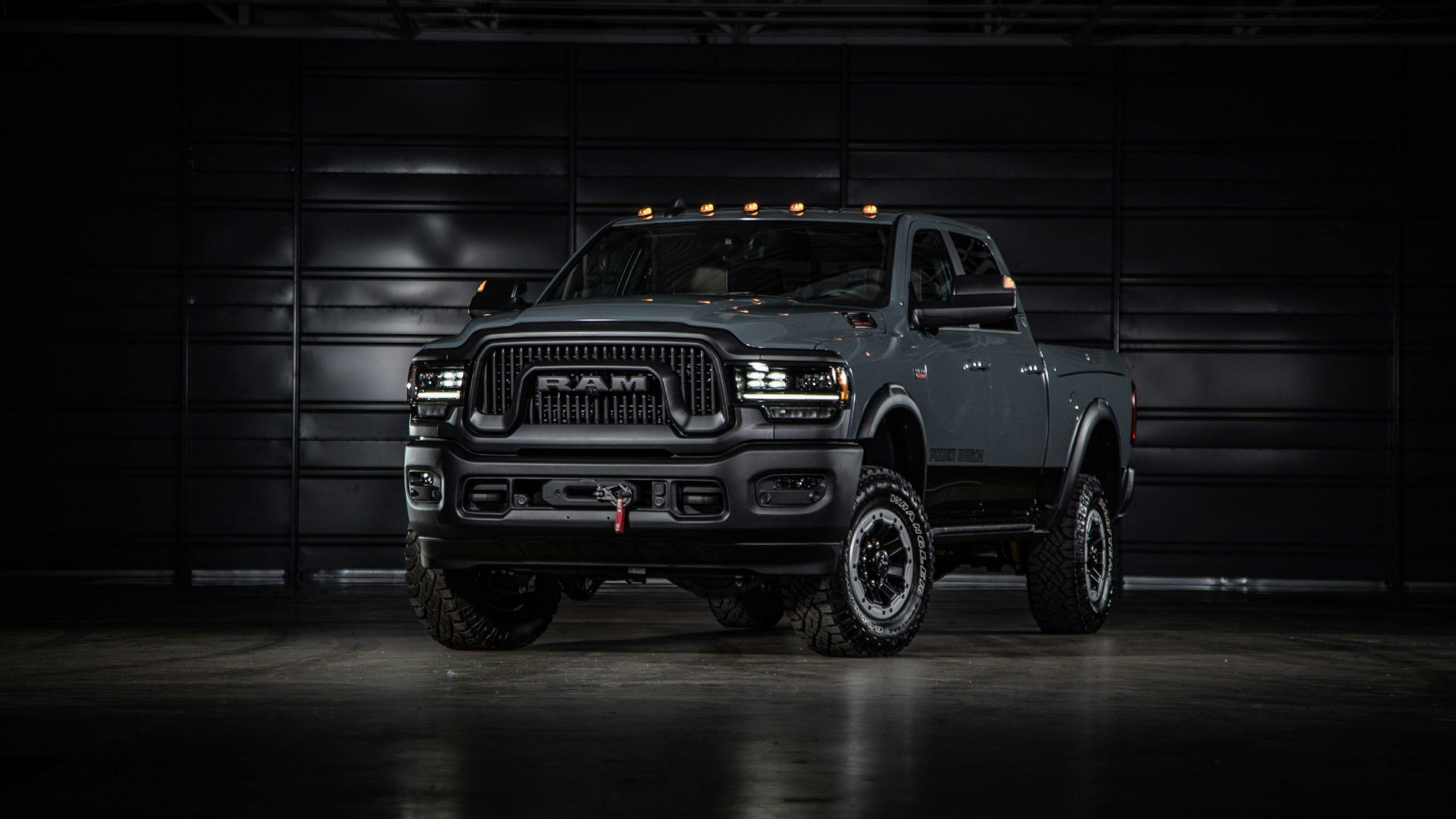4 car terms misused by almost everyone
Automotive enthusiasm has its own glossary. Many of the terms mean something different from one niche of the culture to another, but some have well-established definitions. Below are four of my biggest pet peeves in car nomenclature.
Some argue that because language is always changing, every word acquires a new meaning over time. That’s true, but only if we let them—and why fix what isn’t broken?

1. “Roadster”
The slow evolution of the term roadster is one that I’ll have to accept, but there’s a bar for entry—a point at which a car is simply not a roadster.
A century ago, “roadster” meant a two-seat, topless car with minimal weather protection. A Ford Model A roadster doesn’t have glass side windows, while a Model A cabriolet does. By the 1950s, the word’s meaning had been nudged a little—European sports cars with fabric side curtains and tops were still called roadsters, because their weather gear didn’t do much.
Later, the term evolved into a way to differentiate between sporty, two-seat convertibles and larger, more luxurious four-seat convertibles. That makes for a blurry line, of course. The Porsche 718 Boxster is a roadster, a 5000-pound, four-seat Bentley Continental GTC is not, and there’s plenty of room between the two for debate.
The upcoming Tesla Roadster, with its four seats and its fixed rear roof, is not a roadster by any definition, past or present. What’s so bad about admitting that a car is a targa-top?

2. “Big-block” Pontiac
Spend enough time searching classified ads, you’ll inevitably come across a car powered by a “Pontiac big-block.” There is no Pontiac big-block.
Pontiac unveiled its first V-8 in 1955. For nearly 30 years, until the division replaced its house V-8 with a version of GM’s “corporate” Chevy small-block, there was only one Pontiac V-8 architecture. From 265 cubic inches all the way to 455, Pontiac used just one bore spacing (the distance from the center of one cylinder bore to the center of the adjacent bore in the same bank). The 5.0-liter used in early Trans-Am racing (above) has the same external dimensions as a 455.
(Before anyone mentions it, Big Chief cylinder heads bolted onto a Chevy big-block bottom end don’t make the engine a Pontiac big-block.)
Oldsmobile is the same way, with identical bore spacing in everything from the 303 Rocket to the monster 455. Olds fans like to differentiate between small- and big-block engines based on deck height—the distance from crankshaft center to cylinder top—but that’s not what makes a big-block in my book. Tall-deck Chevy LSX engines are still small-blocks, after all.
With Olds and Pontiac, it seems the confusion comes from the fans themselves—each brand is now dead, and neither used the “small-block” or “big-block” nomenclature in any official capacity.

3. “Heat Soak”
When the C7 Corvette Z06 debuted for 2015, road-racing netizens were quick to assault its supercharged, 650-hp LT4 V-8. They were certain that a naturally aspirated V-8 was the proper choice for a track-focused Corvette.
They had a point, at least for a bit. The initial version of the cooling system in that Z06 wasn’t up to the task of keeping intake air cool for prolonged track sessions at high ambient temperatures. The result was reduced performance. For 2017, Chevrolet remedied the problem with a new cooling system and a supercharger lid with an improved charge cooler. (The latter part also found its way onto later applications of that engine, including the sixth-gen Camaro ZL1.)
Plenty of outlets said those early Z06s were experiencing “heat soak.” They weren’t. The engines in those cars simply produced more heat than the cooling system could deal with. “Heat soak” is what happens when an engine’s cooling system rises in temperature after you shut it off. When the water pump is no longer pumping coolant through the radiator, because that pump only runs when the engine is running.
Park a hot car, fresh off the track, and turn off the engine—coolant temps will continue to climb. If an engine is still running and still pushing coolant through its radiator, but it can’t keep everything happy enough to produce the quoted factory power? We already have a term for that: overheating.

4. “Widebody”
I’ve saved my most pedantic pet peeve for last. Fender flares don’t make a car a widebody.
Blame Dodge for legitimizing this. The picture above is a “widebody” Challenger. The car is also offered in a standard “narrow” configuration, without the fender flares.
If the fenders and quarter panels on the “narrow” and “widebody” versions of a car are the same, something doesn’t add up. Let’s use a Mopar cousin as an example: You could call the Ram TRX (below, left) a widebody, sure. The body is substantially different from that of the base Ram. But the Power Wagon? I don’t think so.
Many of you probably disagree with these silly opinions. I’d love to hear your own car-language pet peeves—share them in the comments! (Just don’t expect to change my mind.)
***
Check out the Hagerty Media homepage so you don’t miss a single story, or better yet, bookmark it. To get our best stories delivered right to your inbox, subscribe to our newsletters.





Excellent article! Very well written and yes, I totally agree!
You need to get a life! If this is all you can find to bitch about, you need to find something else to do.
Also, I have NEVER heard of any other car engine called a “small-block”, or “big-block” but Chevrolet.
Ergo SBC and BBC By the way, I am 80 years old.
The one that gets me is the “Cold Air Intake” where a factory air box is replaced with a cone air filter. The stock air box in most cases has a duct taking outside air (usually colder than an engine bay) and feeds it to the engine. The cold air intake with the cone filter may have a larger filter area which would increase air flow, but it is drawing air from the engine bay which is not colder. Perhaps if it were simply called a high flow air intake.
i agree. But back in the day (when I was a lot younger) I owned a mechanic shop where we installed many of what were marketed as “cold air intakes” — these actually were routed to take intake air from the cowl vents. Haven’t seen one many years…
I have enjoyed many of your arguments and do not believe you have issues…..just maybe too much time on your hands….lol.
I was surprised to see no whining about people using the word “motor” to describe an engine!
Lol…….
My own pet peeve is the abuse of the term “hardtop”. If a car has a post between the front and passenger windows, then it is NOT a hardtop. It is a sedan.
Stinking vintage Mustang owners who call their Stangs a GT when it just has the four barrel V8 is another peeve. You know who you are.
I always thought it to be funny when people call a truck a car. Or an SUV a truck. I am not sure where the term car or truck came from.
I agree, but according to the DMV where I live a ‘truck’ is a vehicle with a frame, whereas a Crossover’ lacks one. ‘SUVs’ may have one or not.
Then again, while I do refer to my ’79 F150 as a ‘truck’ from time to time, I also do get schooled by over-the-roaders that “a ‘truck’ has 18 wheels — you got a ‘pickup’ cowboy.” Although I’m not what would be considered a ‘cowboy’ I suppose they might be right…
I started reading all this, thought the first listed should be the motor/engine thing, but it got too big to engage the whole stream of comments. Was there one for stock vs original? Thought that would be way up there. My personal one is my old Chevy is a “Sport Sedan”, but to me it is a 4 door hardtop.
Hadn’t thought of ‘stock’ vs ‘original’ but technically once you modify any vehicle from it’s original build sheet it is no longer stock in the purest sense.
However, I suppose it might still be considered ‘stock’ if any modifications were originally stock options.
Anybody?
My vehicle has 2 seats, a completely removable hard top, and hinged windshield, and 2 doors that lift out of the hinges. What do you call that? A Jeep!
Stop at a truck stop in Cheyenne Wyoming and ordered nachos. I got Fritos with ketchup and a slice of American cheese on top. Terminology has its limits. I agree with everyone.
One word to all of you, NITPICKING!! Terms for all things car or truck are largely determined by where you live & your personal experience. Here in Tn ( the rest of the south pretty much) a model is the year of the car, not Impala or Galaxy or “roadster”. Do you say “starter”, or “starter/solenoid”? Do you service your car or change oil & filter & check it over? I for one get tired of NITPICKERS trying to prove how smart they are by correcting every little thing like “motor or engine”!! I’m 75 years old & can pretty well figure out what a person is saying just by looking at the person & where they’re from. I also get tired of magazine auction reporters nitpicking on cars with radial tires as some greatly demeaning thing. Not everybody at the auction is looking for a totally stock vehicle & wants something they can comfortably drive
The first time I took note of the term “roadster” was when I rolled into my grandfather’s yard in my 66 MGB, and he mentionoed to my grandmother that I was there in a new “roadster.” I cringed, but didn’t say anything that would insult my then 50-year car dealer Gramps.
Little did smarty-pants-me know. And while I’m thinking about it, “runabout” is an equally abused term in boating. Runabouts have seperate cockpits for passengers; utlities can be walked (or fished) around in.
And then there were “dual-cowl” open phaetons and runabouts, both sporting small windshields in front of each pasenger compartment.
The one that bugs me is “Olds 442”. People says it means 400 cubic inches, 4 seed transmission and dual exhaust. What does that make a 442 with an automatic transmission? A 44? 442 originally stood for 400 cubic inches, 4 barrel carburetor and dual exhaust.
The first 442 had 330ci and no automatic option so 4speed 4 bbl 2 exhaust. Later models had 400ci and an automatic option so the first 4 became 400 ci.
Later models had 350 and 454 ci but it was already established as a performance model at that point.
.
My pet auto-peeve is when somebody calls the “track” (the distance from the centerline of two wheels on the same axle) “wheelbase.” Wheelbase is the horizontal distance between the centerline of a front wheel to the centerline of a rear wheel on the same side.